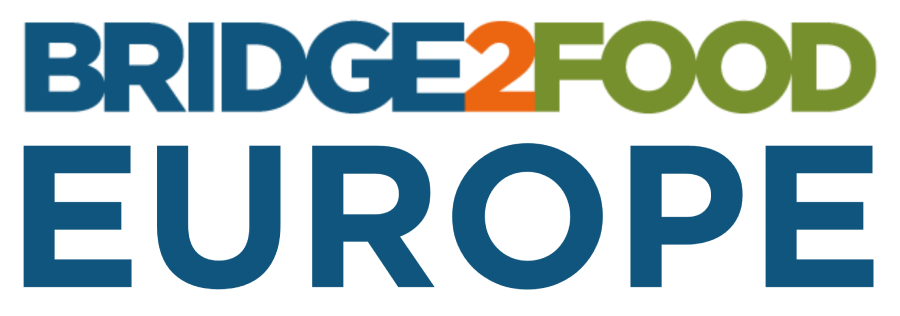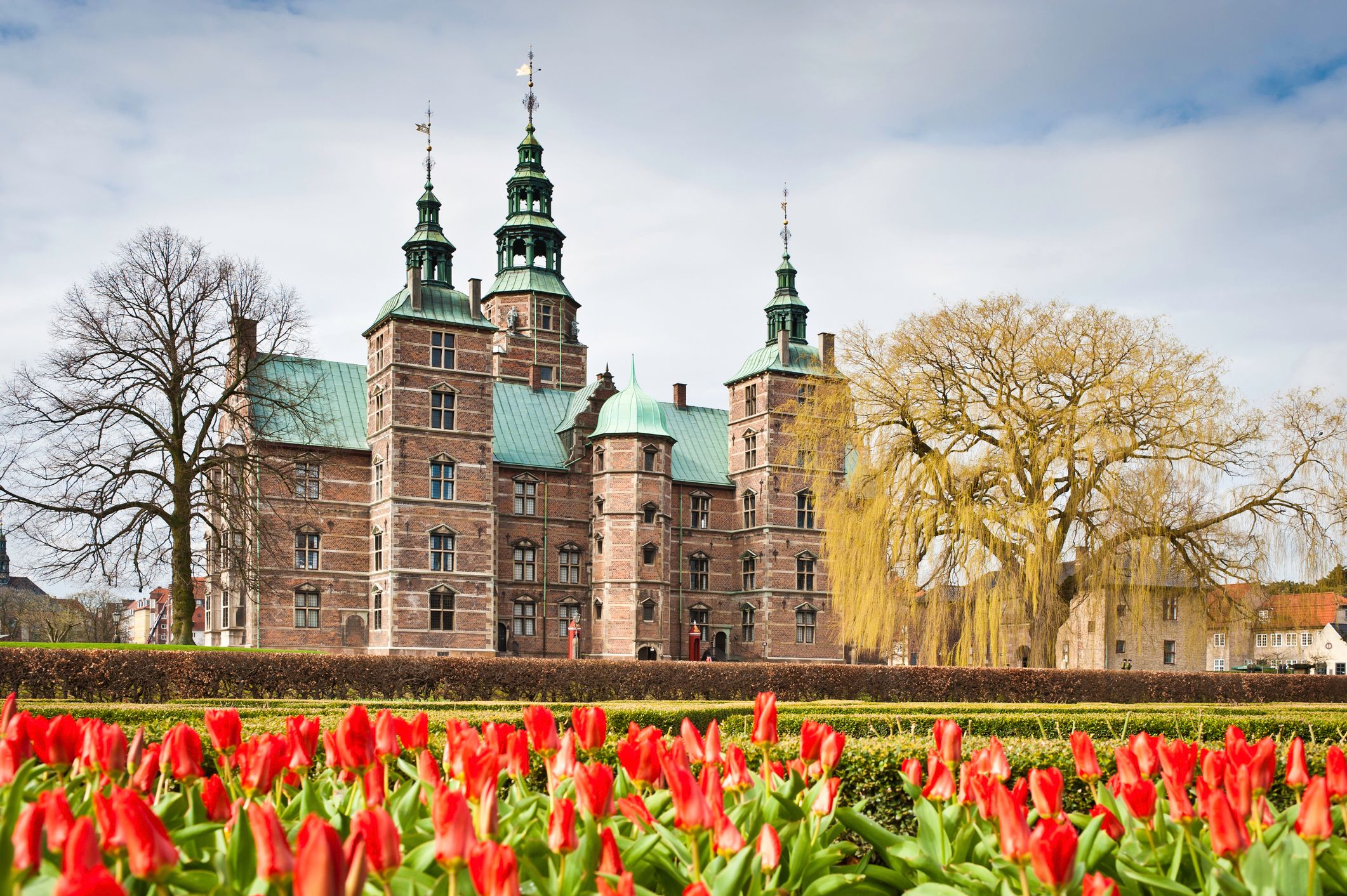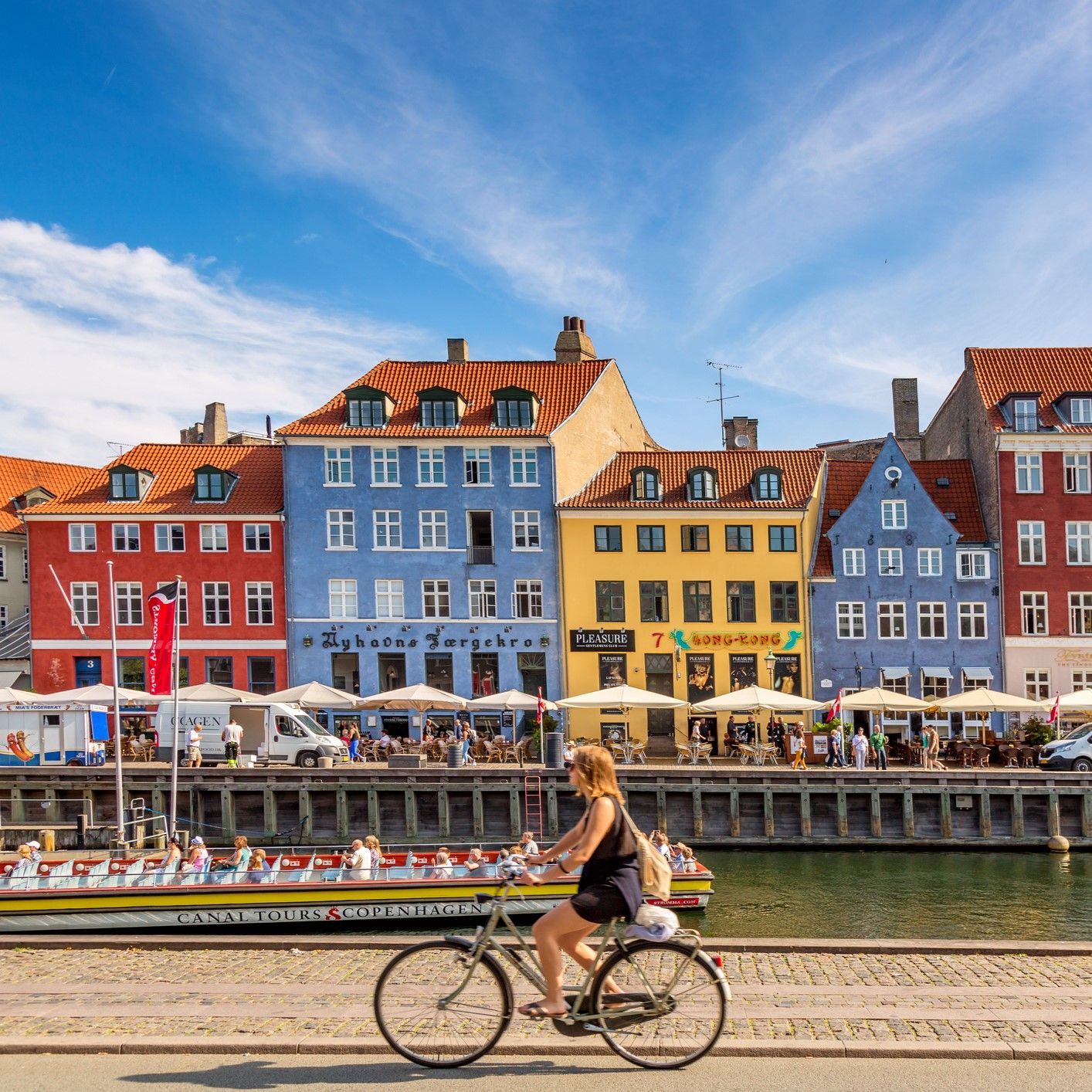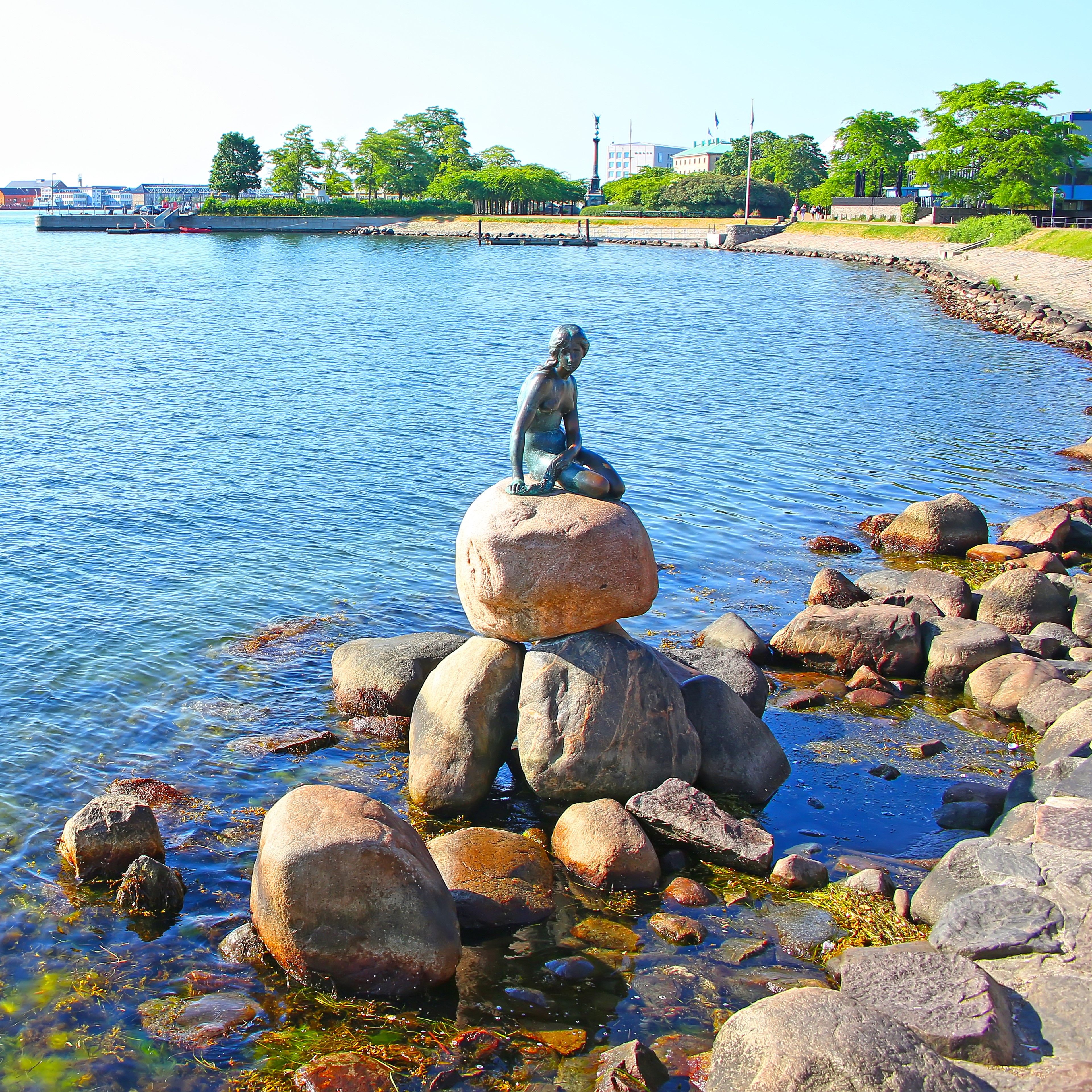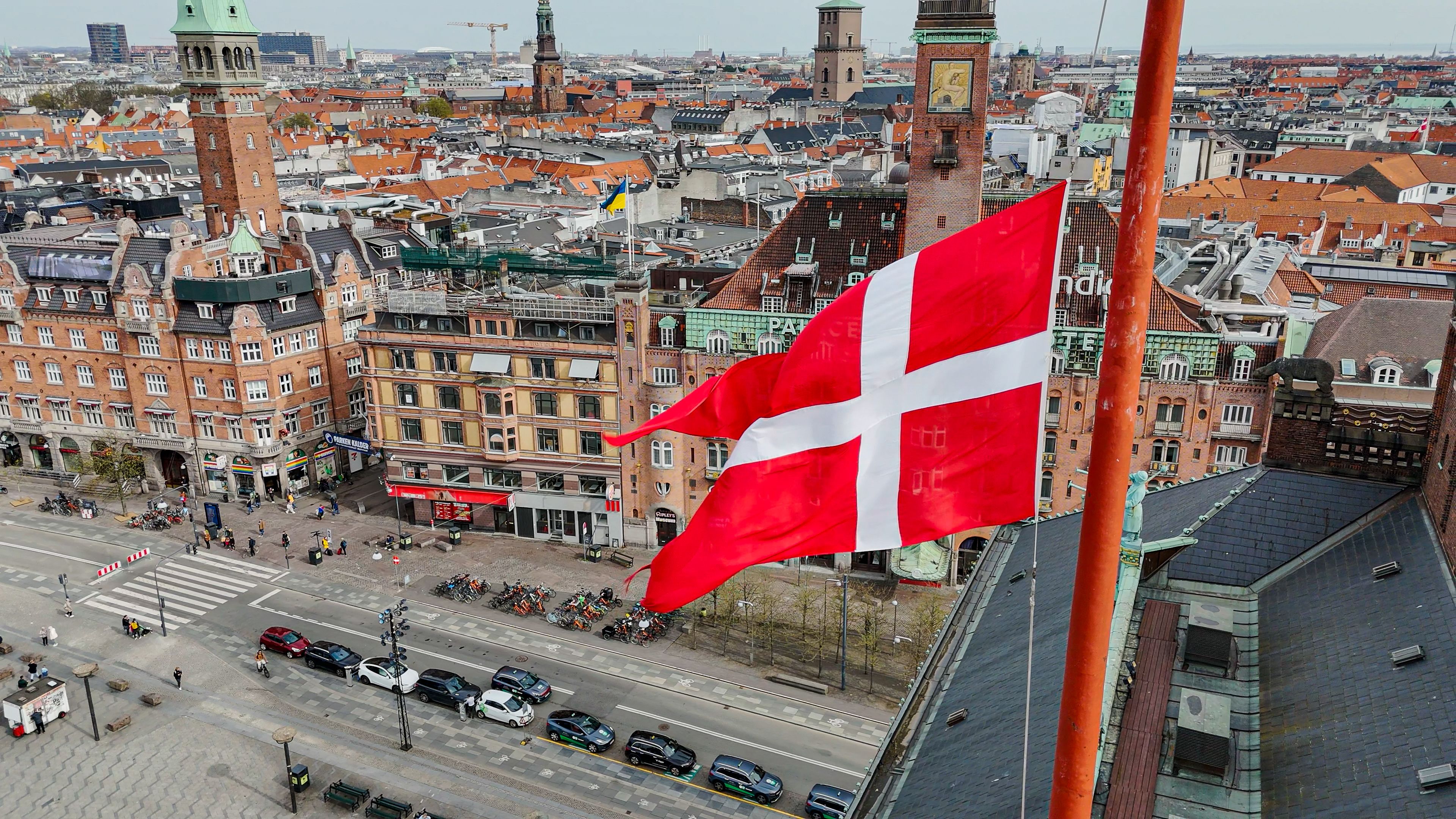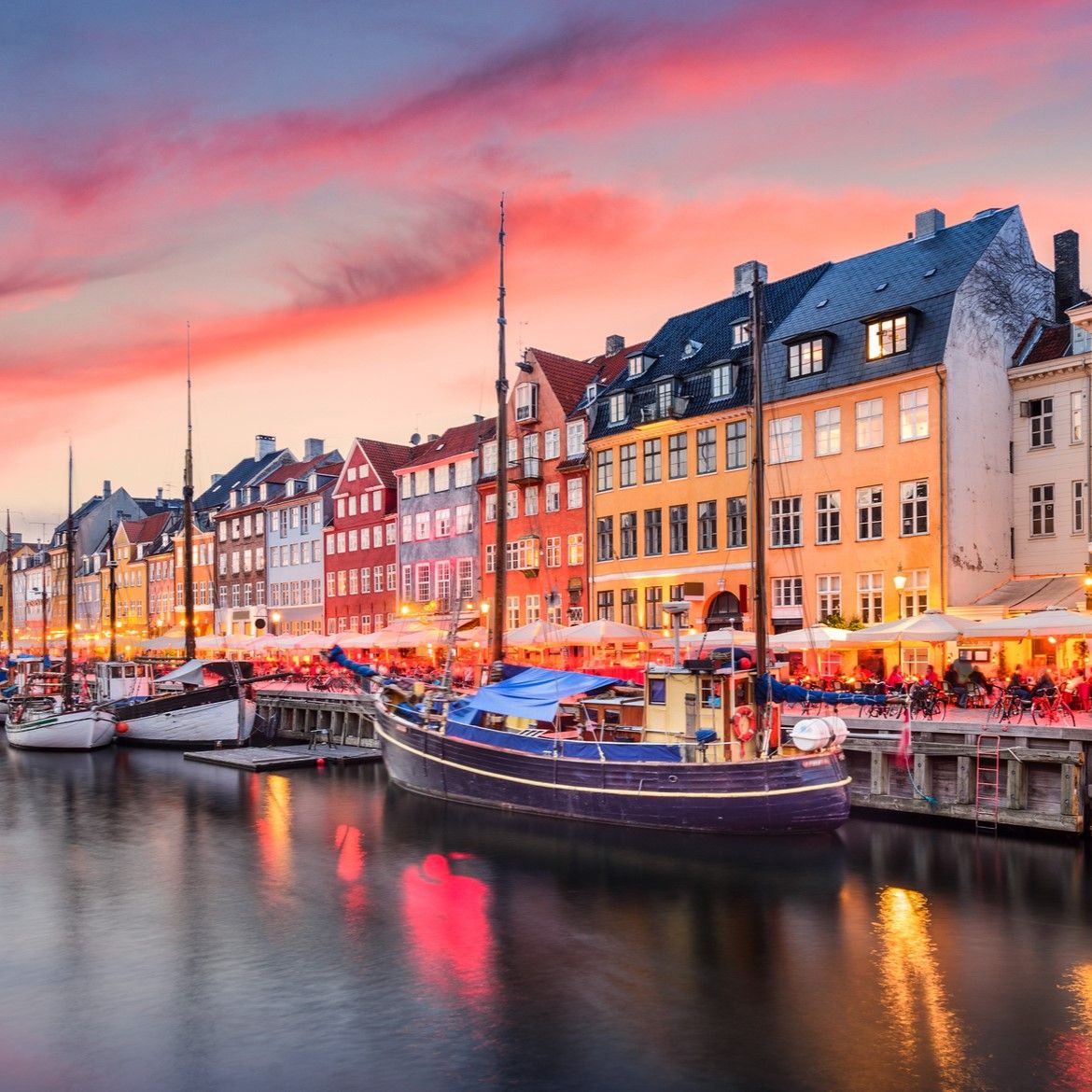Renowned for its leadership in sustainability and design-driven innovation, Copenhagen is the ideal host city for Bridge2Food Europe 2026. As the capital of Denmark—a country consistently ranked among the world’s greenest and most forward-thinking—Copenhagen provides a thriving ecosystem for food system transformation. From pioneering alternative protein research at the Technical University of Denmark (DTU) to public-private innovation initiatives led by Food & Bio Cluster Denmark, the city is a vibrant testbed for the future of nutrition.
At Bridge2Food, we see a strong synergy between our mission and the values that Copenhagen represents—sustainability, innovation, and science-led solutions. With an active network of researchers, entrepreneurs, policymakers, and influential institutions such as the Novo Nordisk Foundation, Copenhagen offers a powerful platform for cross-sector collaboration. By bringing Bridge2Food Europe 2026 to Copenhagen, we’re placing the conversation at the heart of a city already shaping the global future of food.
